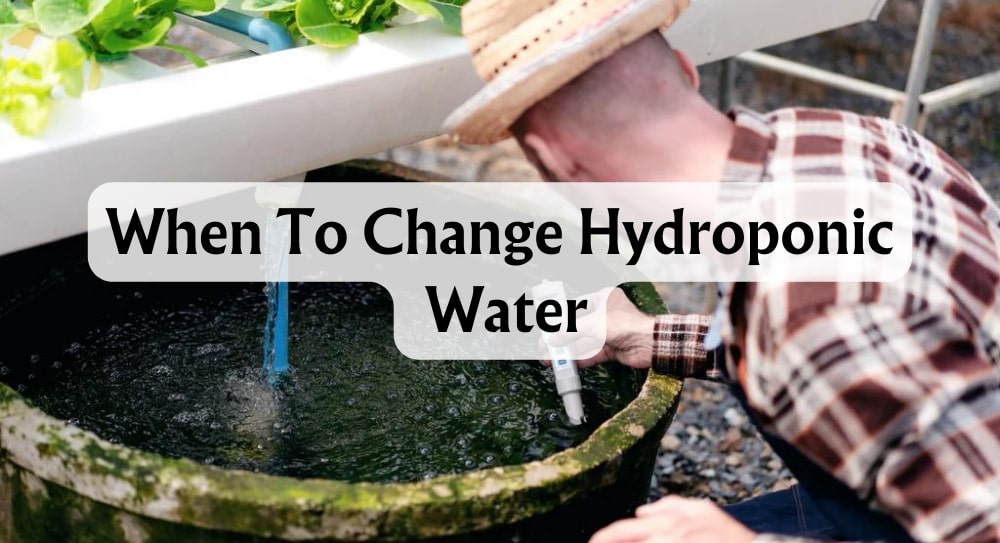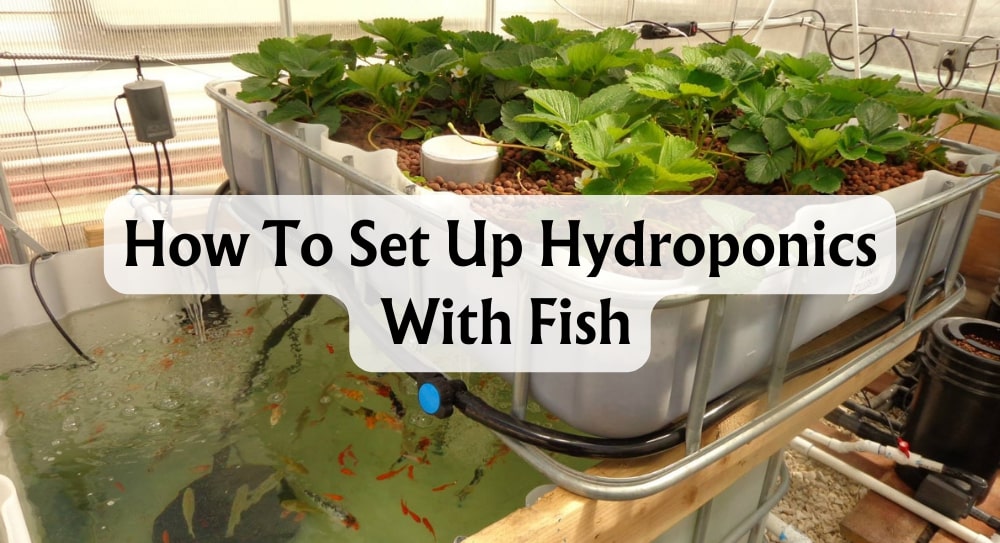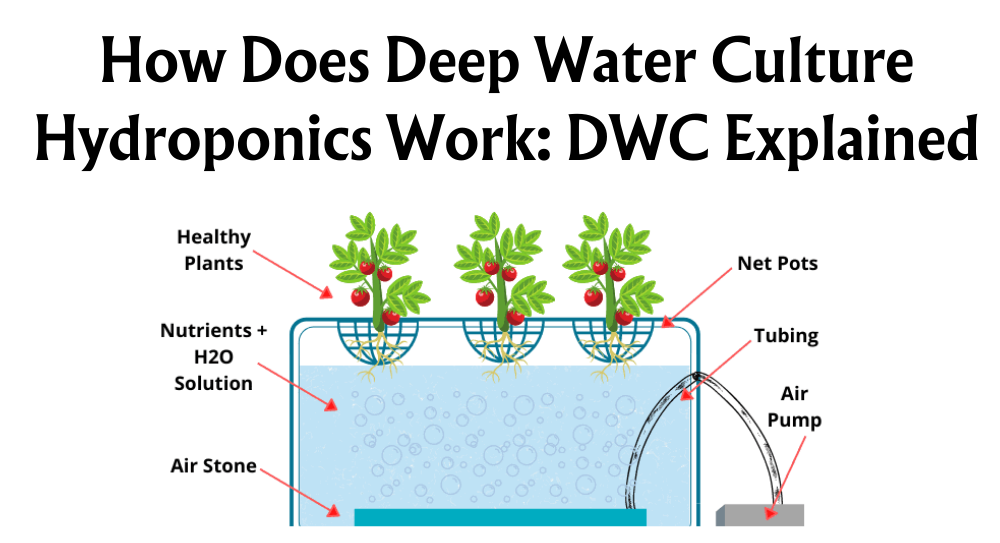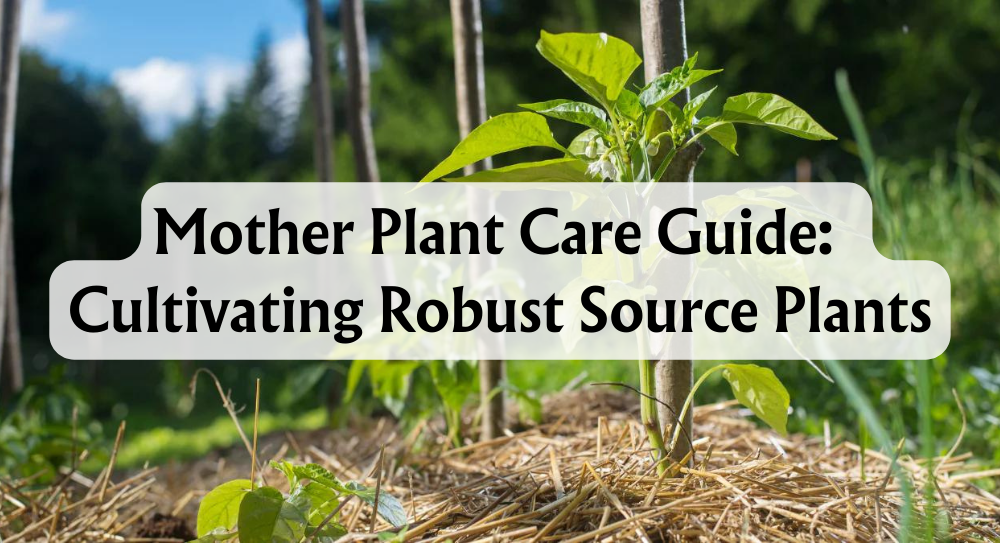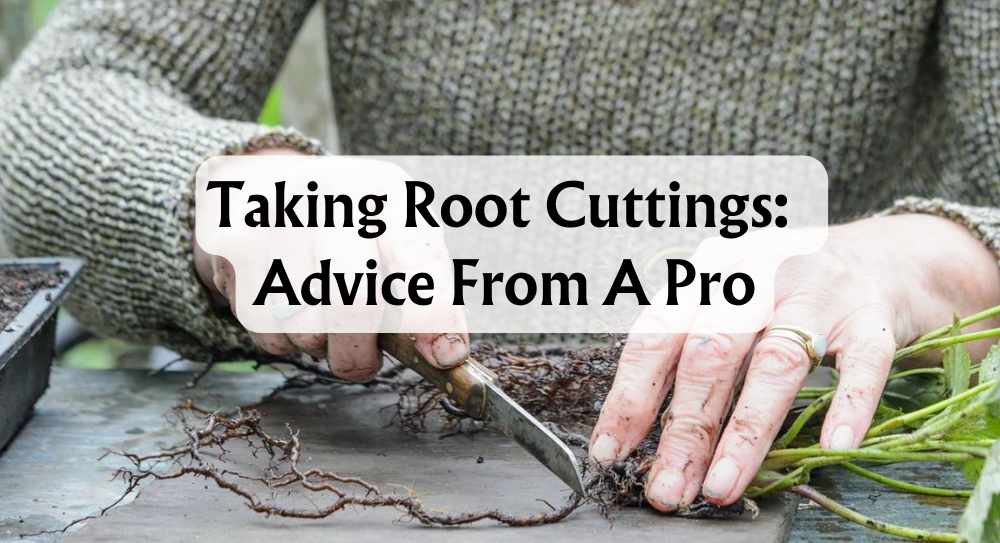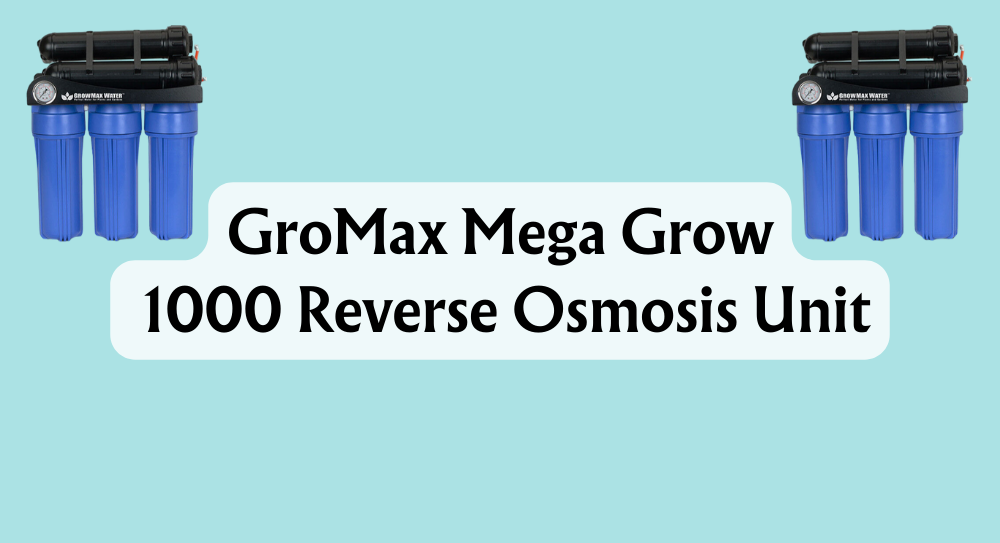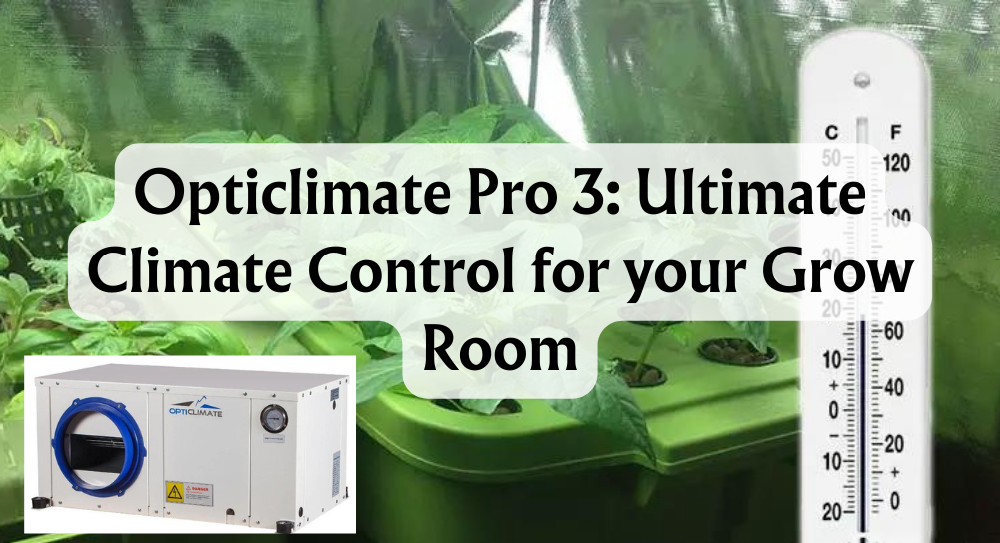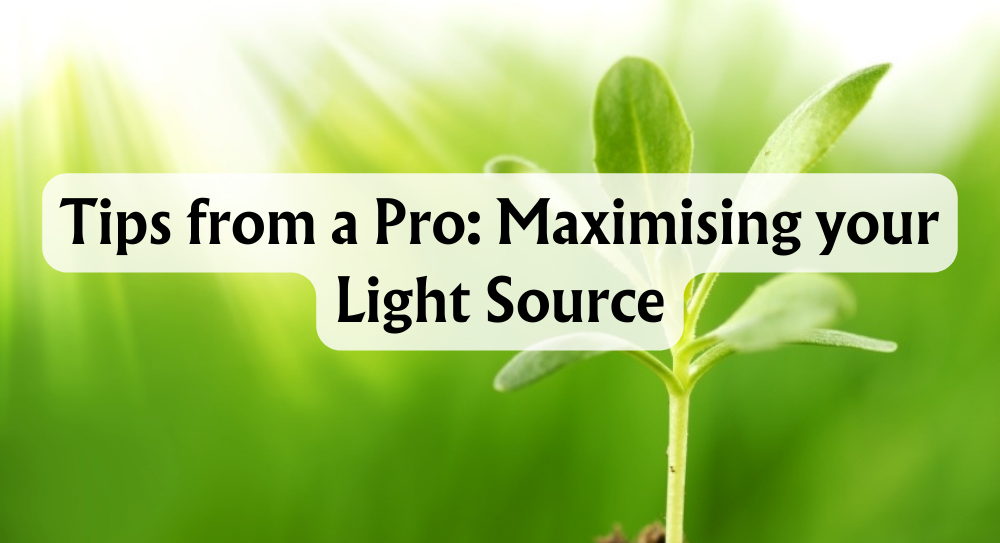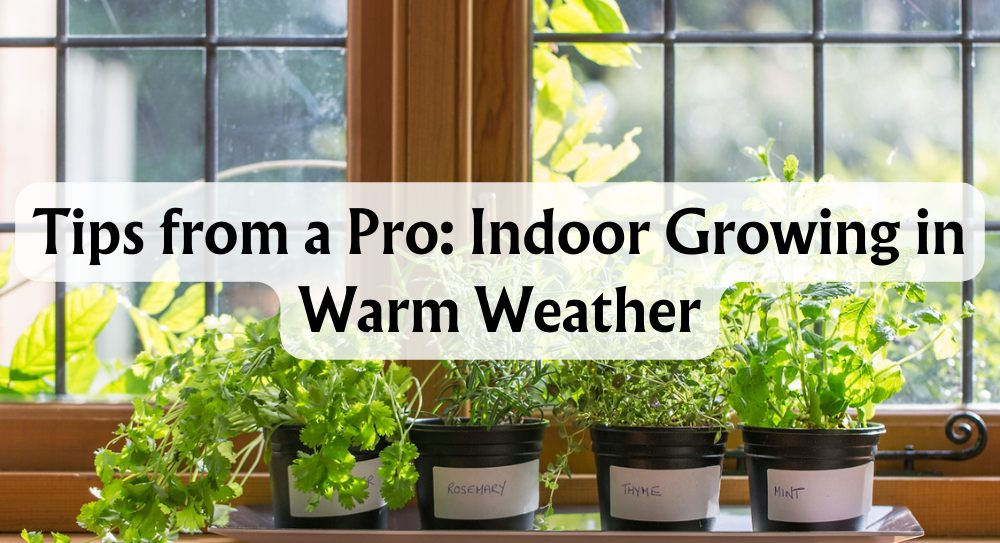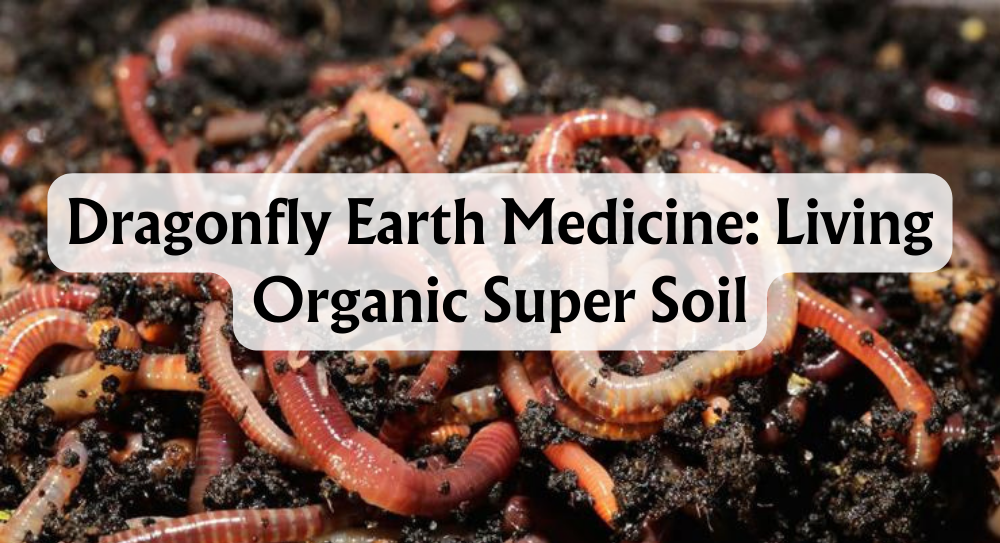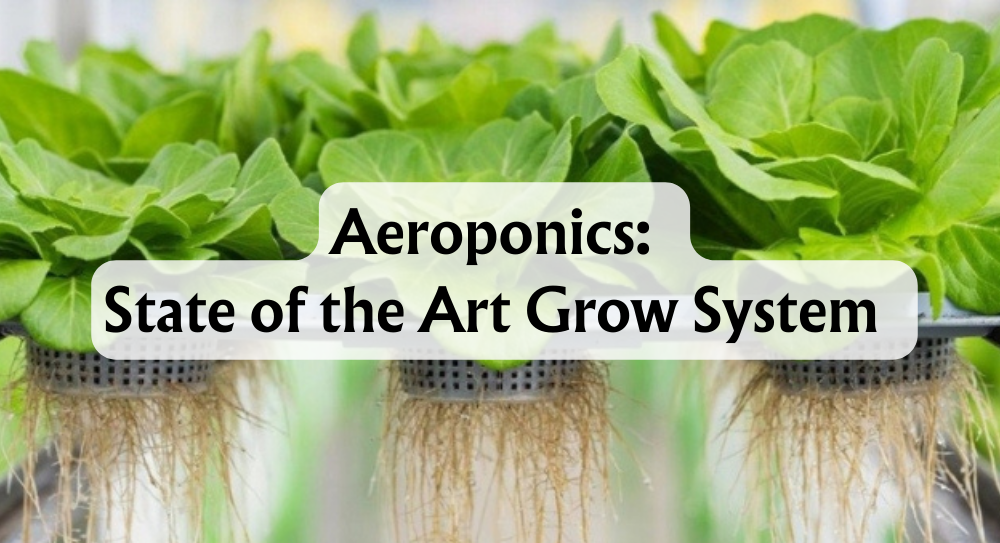When to Change Hydroponic Water
Hydroponics is a nifty way of growing plants only using water and nutrients, bypassing the need for soil altogether. What's ace about this method is not just the impressive yields we can achieve, but also the remarkable water savings and the exceptional control over the plants' growing environment. These perks are making hydroponics a hit among indoor and urban farmers.
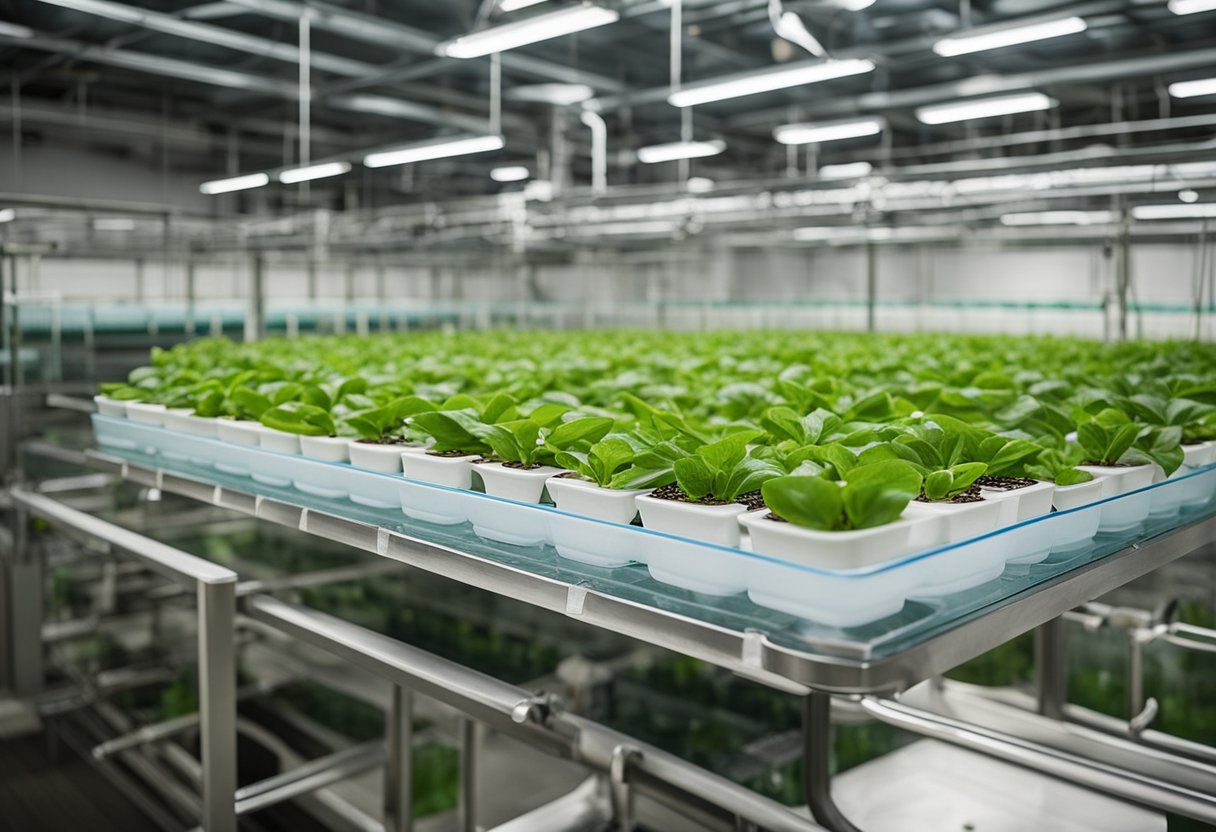
We're here to dish out some top tips on hydroponic water maintenance, and most importantly when to change your hydroponic water. The nub of the matter is quality control: knowing the signs of when it's time to change entirely or adjust with a quick top-off. When we understand the variables that might influence this, we can maintain the highest water standards for our hydroponic plants. Plus, we'll sprinkle in some handy maintenance advice to keep your setup in tip-top shape. So, let’s get cracking and ensure our plants are lapping up the best water we can provide!
Key Takeaways
- Hydroponics lets plants grow using water and nutrients, ditching the soil.
- It results in great yields, saves water, and gives us terrific control over the growing conditions.
- Maintaining water quality with timely changes and upkeep is critical to plant health.
Hydroponic Water
Have you ever wondered how plants can grow without soil? It's all thanks to hydroponic water, a fascinating alternative to the boring, old tap water we're all used to. In a hydroponics system, water becomes essential; delivering nutrients directly to plant roots. It's like a nutrient-rich soup that plants can't get enough of.
But this isn't just any soup. The water source is crucial, as it must be clean and contain a precisely balanced mix of minerals. Think of it as the difference between a bespoke cocktail and a generic soft drink.
Let's talk components. Our hydroponic nutrient solution is a blend of:
- Nitrogen (N)
- Phosphorus (P)
- Potassium (K)
- And a team of supporting nutrients!
pH levels play the DJ here, determining how well our plants can access these nutrients. Our target? A pH that's neither too acidic nor too alkaline, sitting comfortably between 5.5 and 6.5. A pH test can comfortably set you on the right path.
Now, onto Electrical Conductivity (EC). Fancy, right? It's how we measure the saltiness of our water. Too many salts can lead to nutrient burn, which is like over-seasoning your favourite dish – not tasty for plants!
Lastly, Dissolved Oxygen (DO) is the party's oxygen supplier. Plant roots need to breathe too, and enough oxygen makes for a lively get-together in the root zone.
Remember, our reservoir isn't a stagnant pond. We need to change the water every two weeks to ensure freshness. It's akin to changing sheets; nobody likes sleeping in the same ones forever!
So, we've got our perfect batch of nutrient-rich water. With keen water management, we can raise happy, healthy plants that think they're at a 5-star resort, sipping the finest drinks. Cheers to hydroponic water!
Full Change or Topping Off
In maintaining the health and growth of our plants in a hydroponic system, we often face the decision of whether to completely refresh the nutrient solution through a full water change or simply top off the water to replenish what's been lost.
Factors for a Full Change
New Fertiliser: When introducing a new brand or type of fertiliser into our systems, it's wise to do a full water change. This prevents any potential negative interactions between different nutrient formulations, safeguarding against toxicity or deficiencies that might impact plant growth.
Algae and Bacteria: If we start noticing that our water is getting cloudy or there's an off-putting smell, it's time for a full change. Algae and bacteria can overrun the system, leading to disease and poor plant health. A complete refresh is essential to maintain cleanliness and prevent pathogens.
pH Levels: Our plants have a sweet spot for pH levels, usually around 5.5 to 6.5 for optimum nutrient absorption. Should testing reveal the pH has strayed too far from this range, we need to perform a full change to correct the levels and keep our plants thriving.
In short, a full change means we replace every drop of the old solution with fresh water and nutrients, which resets water quality but at the cost of more resources. On the flip side, topping off conserves water and nutrients and keeps our plants uninterrupted. However, this could lead to imbalanced water quality as the composition slowly shifts. It's a balancing act that we have to manage carefully for the best plant health!
When to Change Your Hydroponic Water
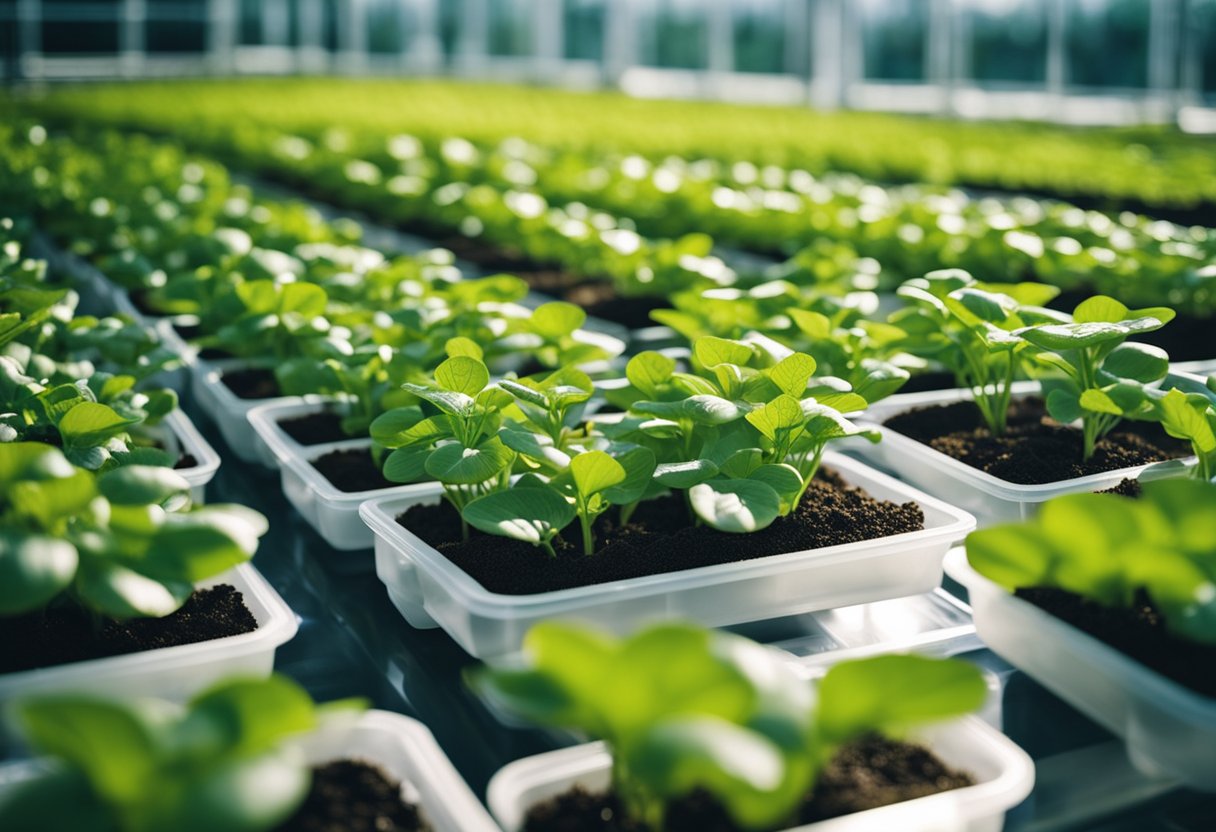
Let's talk about the frequency of water changes, a crucial part of the maintenance that keeps our plant pals thriving. First off, let's grab our watering cans because topping off might become our mini-daily ritual. But when do we give our plants the full spa treatment—a complete water change?
Topping Off:
- As needed, based on water level and environmental conditions.
- Generally, every 2-3 days is a good rule of thumb.
Key factors: plant size, evaporation, and water uptake.
Full Change:
- Every 2-4 weeks, depending on system size and plant type.
- Evaluate water quality and root health to decide.
Why the fuss? Plants are like us; they need a clean environment to avoid issues like root rot and keep the nutrient solution balanced.
Here's a quick glance at different schedules:
| Plant | Topping Off | Full Change |
|---|---|---|
| Lettuce | Every 2 days | Every 3 weeks |
| Tomatoes | Every 3 days | Every 4 weeks |
| Basil | Every 2 days | Every 2 weeks |
Be vigilant about your system's environment—check temperature, pH balance, and the grime factor. Remember, fresh water equals happy roots, and happy roots mean flourishing plants!
Maintenance can seem like a chore, but it's the ticket to maximising plant growth. And who doesn't want a bumper harvest? So, let's roll up our sleeves, get our hands a little wet, and show our green friends some love with timely to frequent water changes. Mindfully maintaining water for hydroponics is a simple recipe for a lush, thriving hydroponic haven.
Tips for Maintaining
When tending to our hydroponic gardens, keeping the water pristine is crucial for our plant pals. So how do you maintain that perfect balance? Let's get to it!
Regular Monitoring
It's not just about glancing at our reservoir; we need to dive deep with regular checks. Grab your pH and EC testers—it's time for some science!
- pH Levels: Aim for the sweet spot between 5.5 and 6.5.
- EC Levels: Keep an eye out! Your plants' nutrient uptake depends on it.
Adjusting on the Fly
Sometimes, our water needs a little nudge in the right direction.
- pH Adjustments: Use pH up or down solutions to achieve balance.
- Nutrient Solutions: Our plants get hungry, so let's feed them properly with the right nutrient concentrations.
Keeping Things Clean
Just like us, our plants appreciate a clean home. Here's how we keep ours tidy:
- Air Stones: They're not just beautiful bubbles; they oxygenate our water.
- Filter Out the Nasty Bits: A clean filter equals happy plants.
Safeguard the Sanctuary
Our water is precious, so we cover it up from those pesky invaders like algae.
- Lids and Covers: We're not just keeping things dark for the sake of it. No light, no algae!
The Art of Recycling
Water is a resource we cherish. So, why waste?
- Recirculating Systems: They're not just eco-friendly; they're plant-friendly.
- Rain Barrels: Collecting rainwater? Our plants will thank us.
By weaving these practices into our routine, we can create a harmonious environment tailored to our specific hydroponic systems, be they large or small, whilst adapting to the unique environmental conditions around us. Let's give our plants the spa treatment they deserve with top-notch water maintenance!
Conclusion
In our journey through the hydroponic realm, we've established that the lifeblood of our plants—water—demands attention. Maintaining clean water is crucial for plant vitality and ensuring a bountiful harvest.
Key Takeaways:
- Hydroponic Water Characteristics: It's all about the balance. The water in your hydroponic haven carries vital nutrients and oxygen, essential for optimal growth.
- Full Change vs. Topping Off: A nifty trick is topping off water levels when evaporation has taken its toll, while a full change is reserved for a complete system refresh.
- Factors Prompting a Full Change:
- Plant type and size
- Nutrient concentration
- Overall system health
When to change water:
- General Guideline: Every 2-3 weeks
- Signs It's Time:
- Nutrient imbalance
- Visible plant stress
To make the most of our hydroponic setup and keep our greens beaming, here are a few quick tips:
- Monitor pH Levels: Keeps your nutrients accessible to plants.
- Inspect Regularly: Watch for any signs of distress or disease.
- Cleanliness: A tidy system equals happier plants.
Why go through this hustle? Because when we do right by our hydroponic setup, it showers us with rewards: less water use, more crunch in our lunch (that's higher yields, by the way), and masterful control over our growing greens. Let's be honest, there's something immensely satisfying about nurturing our very own hydroponic haven.
So there we have it, friends. By following these insights, we chart the course towards thriving hydroponic plants. Let's raise a glass (of appropriately changed hydroponic water) to that!







 Store Locator
Store Locator
